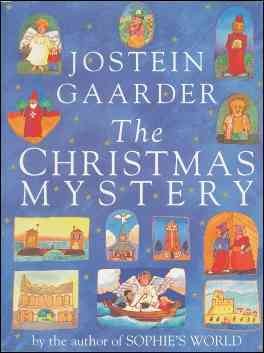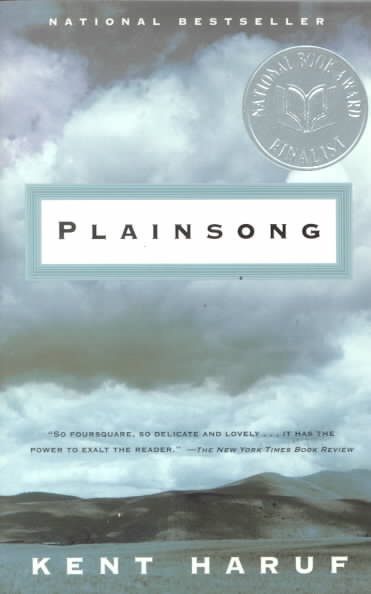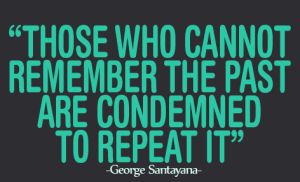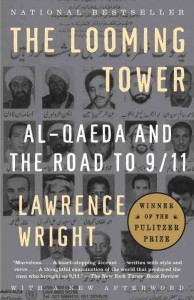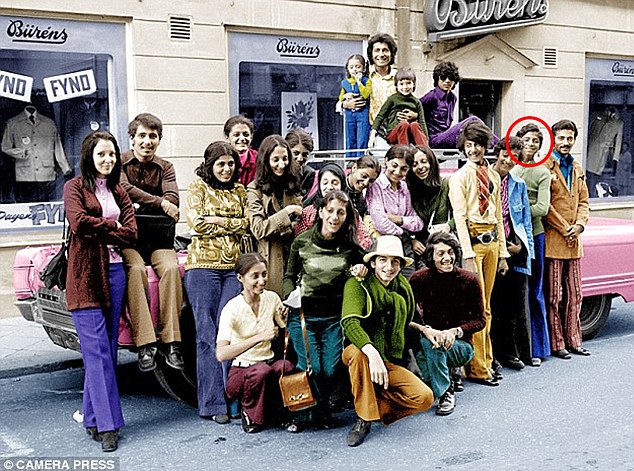Stacy Schiff is one author I didn’t think I had to worry about. Many people remember her for her famous book on Cleopatra, but she’s also written about Vera Nabokov, Benjamin Franklin, and Antoine de Saint-Exupéry. She seems to sort of sift around vast time periods and pluck whatever she finds interesting, and that’s why I like her. If you read Schiff, you know she found something. I’m glad I’m not the only one who’s noticed, this woman has more awards and Pulitzer nods than I have time to list here.
 So I thought I was guaranteed a perfectly thought provoking book in her new work The Witches: Salem, 1692, and I was right on that front. There are a couple of points I want to make on this one, because this book was really eye-opening at times and at times it had me rolling my eyes.
So I thought I was guaranteed a perfectly thought provoking book in her new work The Witches: Salem, 1692, and I was right on that front. There are a couple of points I want to make on this one, because this book was really eye-opening at times and at times it had me rolling my eyes.
My first pause came with the writing style. I’ve been reading reviews and a lot of people didn’t take to it. It is a very stylishly written book and uses some flowery language that history buffs who are used to a dryer tone might not be used to. Like here:
“The sky over New England was crow black, pitch-black, Bible black, so black it could be difficult at night to keep to the path, so black that a line of trees might freely migrate to another location or that you might find yourself pursued after nightfall by a rabid black hog, leaving you to crawl home, bloody and disoriented, on all fours.”
The whole book is like that. It paints a good picture, but sometimes it made learning harder because I had to see the facts through all the details. It didn’t bother me too badly, and it was a nice change from how purely analytical military history books are.
Next, there was the feminist angle; Schiff has this point that the Salem witch trials were a time when women were finally in the spotlight as a legitimate threat and they didn’t emerge back into the country’s voice until the essay era of Suffrage and the Prohibition. Nah, I don’t buy it. I don’t really see how hanging women really counts as giving them a “voice”. Plus, Harriet Tubman, Clara Barton, and a bunch of other American ladies were making history between the 1600 and 1900’s.
Despite all of this, I still learned a lot from this book. Most of what I know about the Puritans/ Quakers/ Reformed Christian settlers came from Hawthorne, and he wrote about how corrupt the Puritans were. Schiff reminded me that their corruption wasn’t just bad, it was insane. These people lived alone in the woods on the other side of the world from people they knew. Salem only had just over 500 people. Just over 500 people who would shackle you in the town square for simply lying. Dogs were killed for participating in witchcraft.
That was the really chilling part. I remembered all those novels warning about what happens when people are too isolated, and they begin to lose their humanity. (Lord of the Flies, Frankenstein, Blindness). But this isn’t fiction. It really happened. That’s why I think Schiff chose to write Witches like a novel, because it scared me more to realize that something that felt like reading a horror story was a real part of American history.
So I feel like this book could have been better in some parts, but all in all, I’m glad I had this creepy read right at the end of fall.



